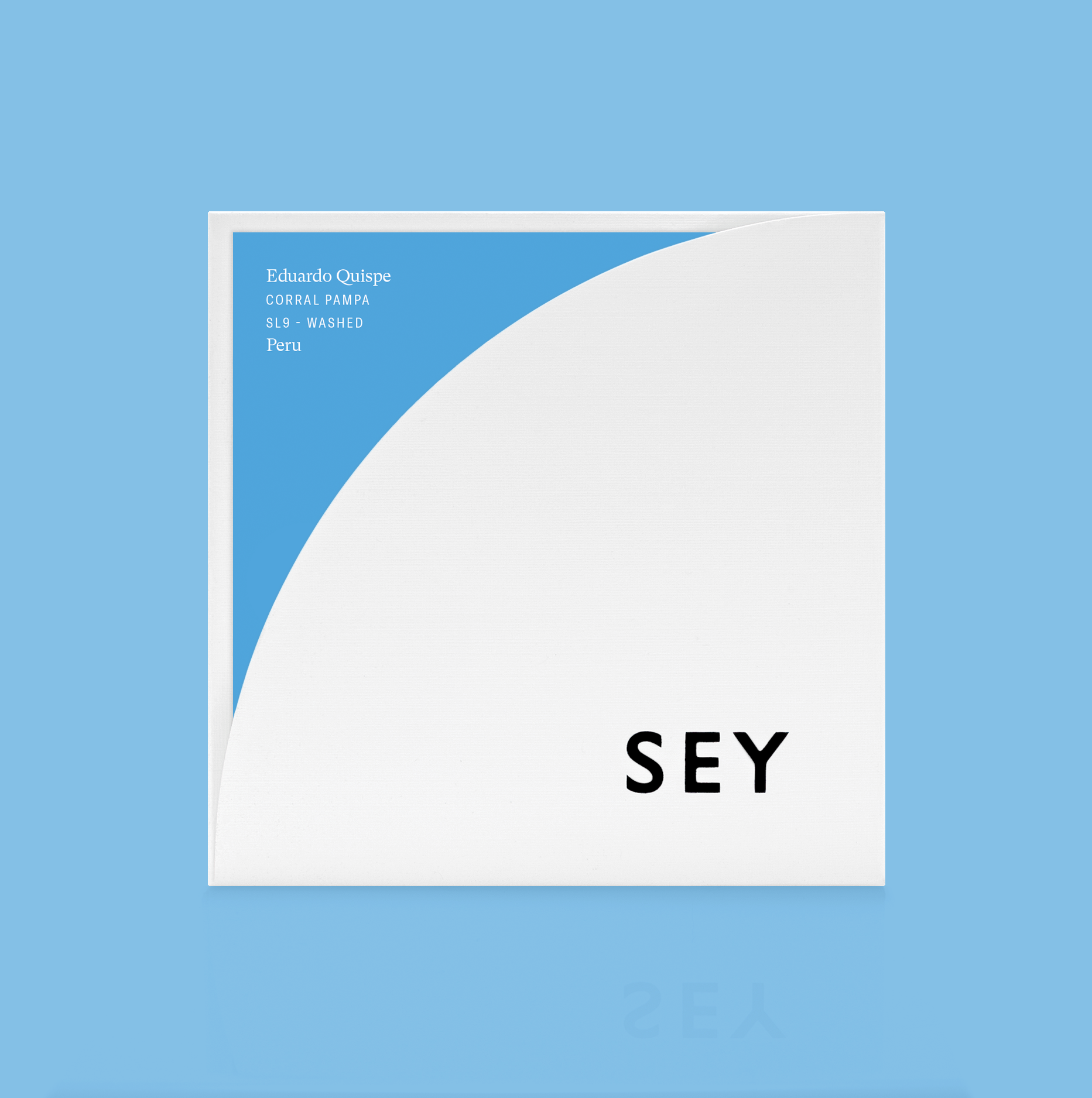
Eduardo Quispe’s farm sits at an impressive elevation and is cultivated using fully organic, traditional growing practices. Though only five years old, it is already producing exceptional quality. In the cup we find mandarin orange, star fruit, and wildflower honey.
SL9
Amaybamba, Cusco
2,100 masl
November, 2024
Hand-picked at peak ripeness. Floated to further remove defects and de-pulped on the day of harvest. Dry-fermented for 36 hours. Dried on raised beds.
ABOUT EDUARDO QUISPE
Eduardo Quispe follows traditional organic and regenerative growing practices while also studying native music. Our trip to Cusco was one of the most inspiring coffee experiences we have had, and it is an honor to work with producers like Eduardo, whose farming traditions are as beautiful as the coffees they produce. The combination of such high quality and fully organic practices is something we have rarely seen. After learning so much on this journey, it is a dream come true to finally share these coffees with the world.
ABOUT SL9
Colloquially known as “Gesha Inca,” SL9 is a rare cultivar belonging to the Ethiopian Legacy group. While its exact genetic fingerprint does not currently exist in the database, it closely resembles SL09, which is why we refer to it as SL9. “SL” is in reference to single tree selections made by Scott Agricultural Laboratories in 1935-1939, and slight genetic variations from ancient, less well-identified references are scientifically acceptable. While SL28, SL34, and Mibirizi are the most widely grown cultivars from the SL selections, SL09—and by extension, SL9—remains uncommon in cultivation today.
Pricing Details
FARM GATE (GREEN)
$17.61/KG
DIRECT
$23.78/KG
The cost of getting a coffee from cherry to beverage varies enormously depending on its place of origin and the location of its consumption. The inclusion of price transparency is a starting point to inform broader conversation around the true costs of production and the sustainability of specialty coffee as a whole.